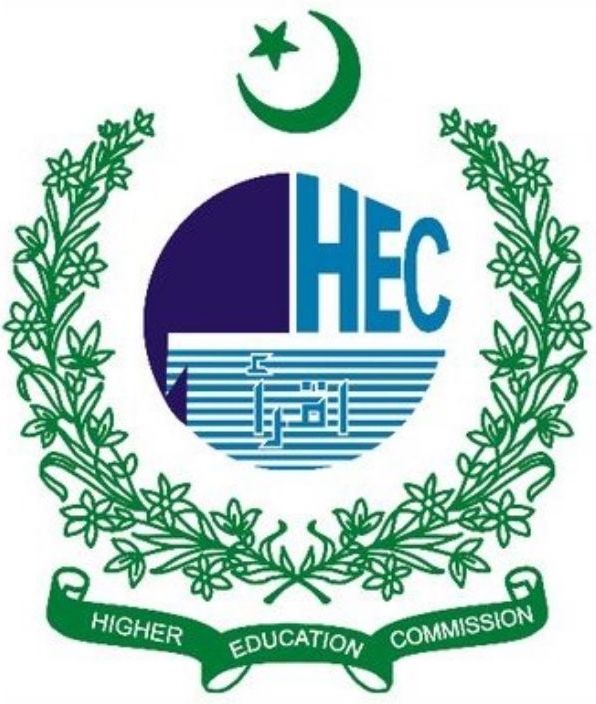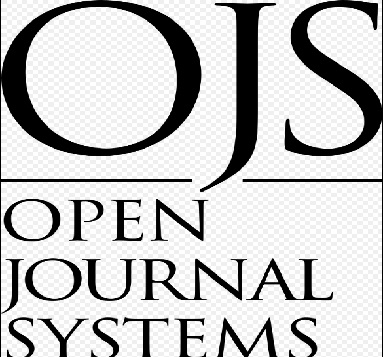Remnants of the past Buddhist Civilization at Hazara along with the Karakoram and the CPEC Highways: A Potential Source for Promoting Religious Tourism in Pakistan
DOI:
https://doi.org/10.63056/ACAD.004.01.0052Keywords:
Buddhist's Remnants, KKH, CPEC, HazāraAbstract
The region encompassing Taxila to Gilgit is called ancient Urasa, modern Hazara that is rich in history, culture, and contemporary developments. Since 2007 archaeological surveys of the entire Hazara region have been conducted from time to time by the Department of Archaeology Hazara University Mansehra under various funding agencies and finally completed in 2023. The results of the surveys revealed many archaeological remnants belonging to different periods of human history. This paper provides a concise overview of the historical and contemporary significance of the Buddhist remnants found along the Karakoram Highway (KKH) and the China-Pakistan Economic Corridor (CPEC) route, spanning from Taxila to Gilgit. The region traversed by these highways, including the Hazara Division, serves as a bridge between ancient Buddhist heritage and modern infrastructure development.












